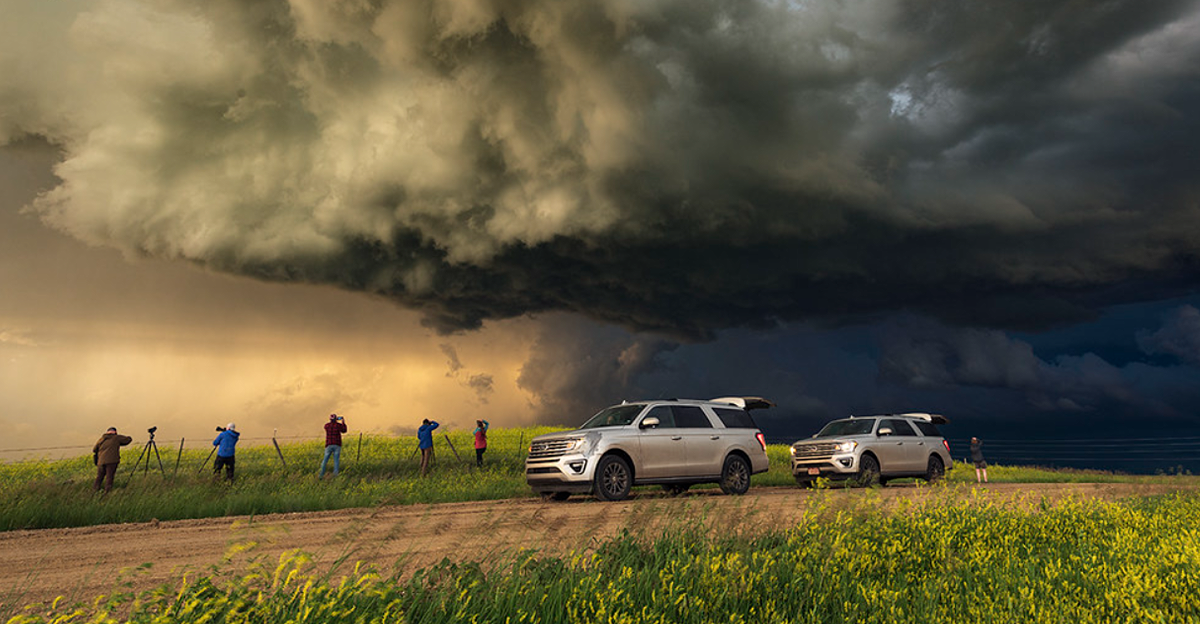
For generations, Tornado Alley was shorthand for the Great Plains, where fierce spring storms cut across Texas, Oklahoma, Kansas, and Nebraska. Residents in these areas built their homes, schools, and emergency systems around that risk. However, new research shows that the boundaries of this storm corridor have shifted eastward.
Missouri, Illinois, Kentucky, Indiana, and Arkansas are now in the line of fire. The changing geography of tornadoes means millions of people unfamiliar with twister survival now face the dangers once limited to the Plains.
2025 Emerges as a Record Tornado Year
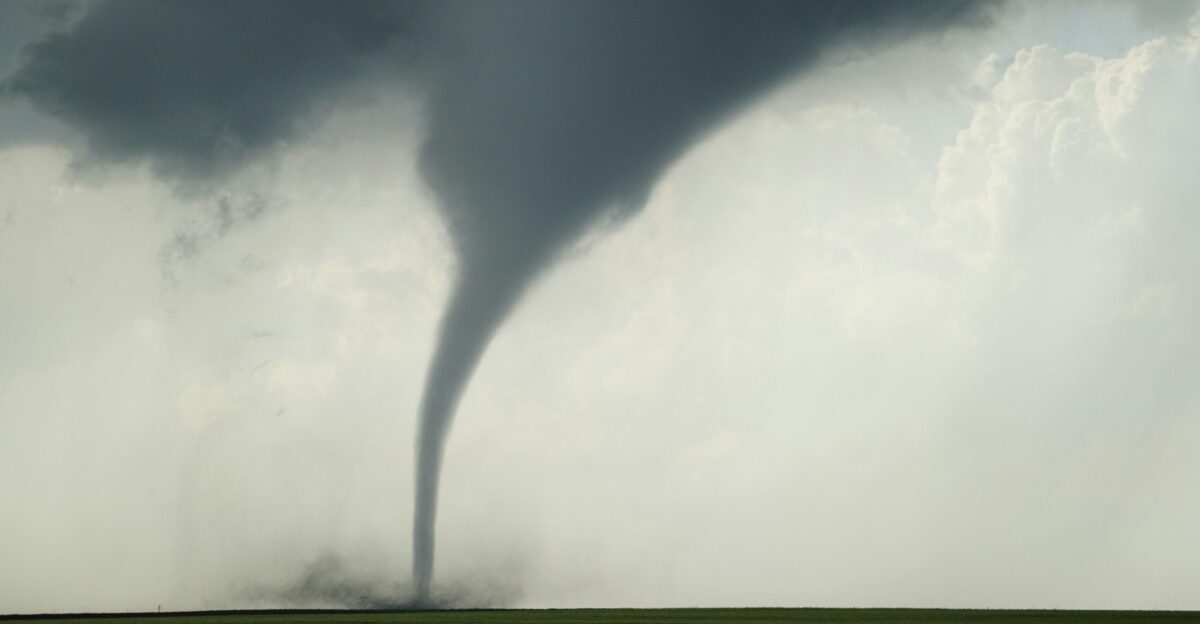
The year 2025 is shaping up to be historic for tornado activity. By mid-year, the United States had already logged more than 850 confirmed tornadoes, according to the Storm Prediction Center. That pace far exceeds the long-term seasonal average of about 1,200 annually, putting the country on track for one of its busiest tornado years ever.
The storms have been numerous and powerful, with multiple EF3 and EF4 tornadoes striking communities. Many residents in newly affected states are experiencing their first close encounters with destructive twisters.
A 400% Increase in Activity
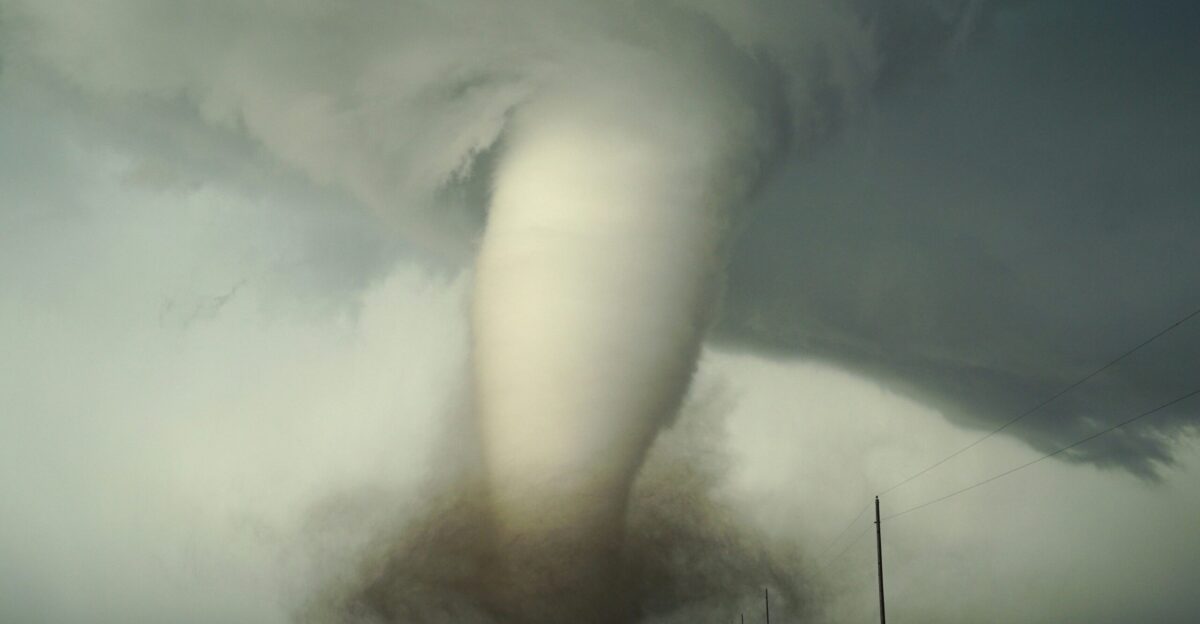
The numbers paint a striking picture. Researchers have documented a 400% increase in tornado counts across parts of the eastern United States compared with averages seen just a decade ago. Missouri, Illinois, Kentucky, Indiana, and Arkansas have absorbed much of that surge.
“The data clearly shows a shift in both frequency and intensity,” said Victor Gensini, a meteorologist at Northern Illinois University, in a 2023 interview. For those living in these areas, the change means tornado sirens are sounding more often than ever, with deadly consequences for the unprepared.
The Southeast Surpasses the Plains
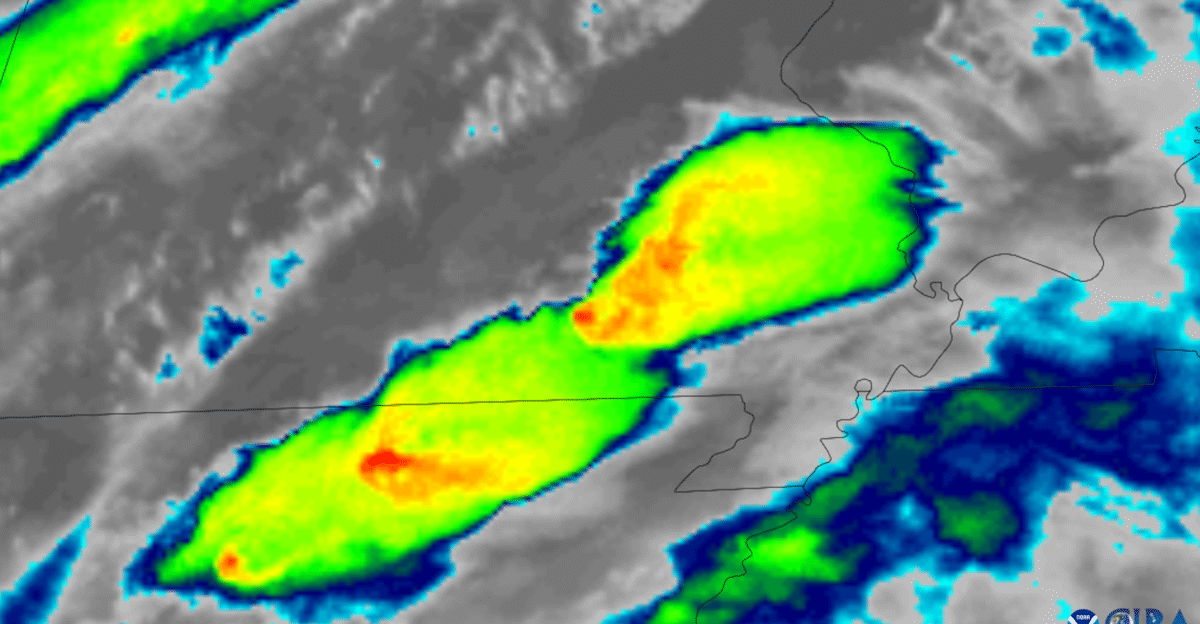
Traditional hotspots like Oklahoma and Kansas have seen fewer tornadoes in recent years, while the Southeast and Ohio Valley now dominate the maps of highest risk. Storm chasers, once concentrated in the Plains, are increasingly traveling east to track supercells in Kentucky, Tennessee, and Illinois.
In 2025, Missouri endured repeated outbreaks, forcing local officials to admit that preparedness plans written decades ago no longer reflect today’s realities. The central Plains may still see tornadoes, but their dominance has diminished. Meanwhile, the Southeast is rapidly becoming the new tornado epicenter.
May 2025 Outbreak Offers a Warning
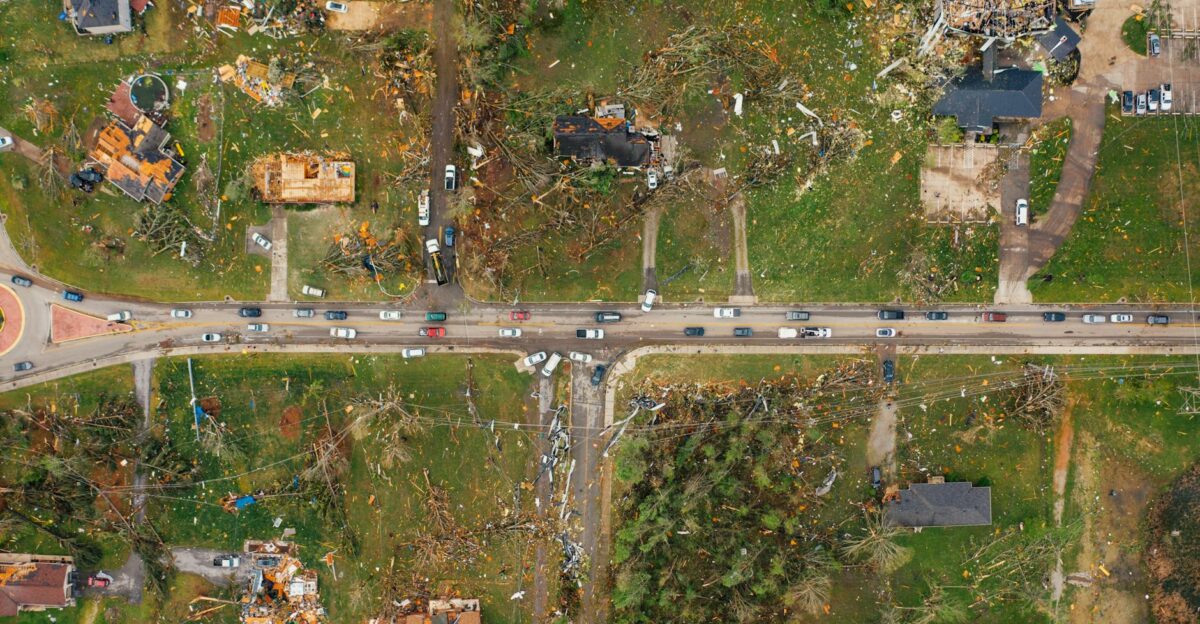
The mid-May 2025 outbreak delivered a sobering example of the shift underway. Over several days, EF3 and EF4 tornadoes cut swaths of destruction from Arkansas to Illinois. Entire neighborhoods were flattened, businesses were torn apart, and infrastructure was left in ruins.
The event became the costliest severe weather disaster of the year, with damages running into the billions. By the end of May, the U.S. had already recorded more than 730 tornadoes, an extraordinary total so early in the season. The storms highlighted that the new tornado corridor is no longer theoretical.
Fatalities Climb in Vulnerable Regions
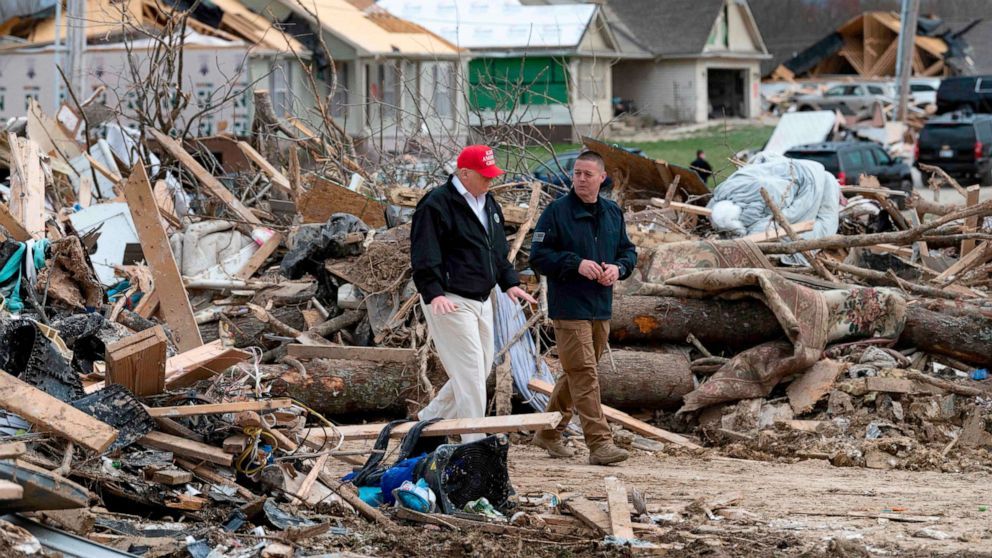
The human toll of the 2025 season has been severe. Between February and May, more than 60 people died in tornado-related incidents, according to the National Weather Service. Missouri and Kentucky recorded the highest death tolls, highlighting how unprepared many communities are for twisters of this scale.
Fatalities often occurred in mobile homes and residential neighborhoods lacking storm shelters. Unlike the central Plains, where reinforced basements and shelters are common, the eastern United States has far fewer protective structures. This vulnerability leaves residents more exposed to injury and death when tornadoes strike.
Experts Confirm an Eastward Trend
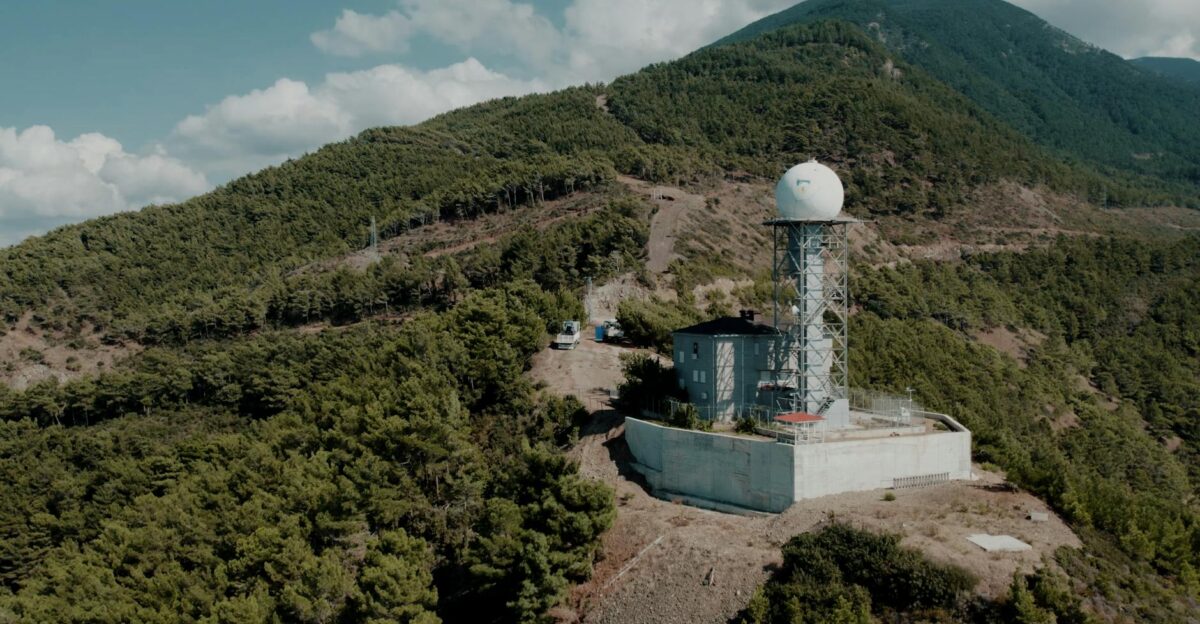
Meteorologists say the data clearly show that tornado activity is intensifying in the Southeast and Midwest. “The Southeast has become the new focal point for severe tornado outbreaks,” Gensini told CNN. Scientists believe storm systems track farther east each spring, setting the stage for violent weather in areas long considered secondary risks.
Tornado drills and emergency kits are no longer optional precautions for families in states like Kentucky or Indiana. The eastward trend is redefining where tornadoes occur and how communities must prepare for survival.
Atmospheric Drivers Behind the Shift
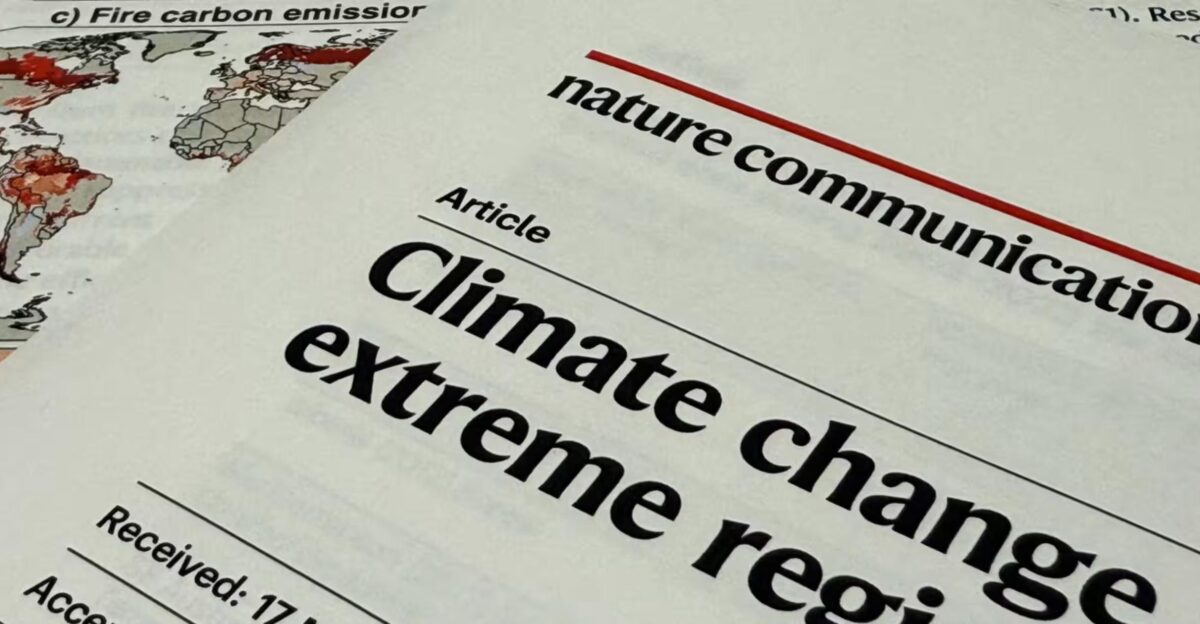
Climate and atmospheric patterns are steering these changes. Researchers point to El Niño and La Niña cycles, which influence jet stream behavior and storm development. The National Oceanic and Atmospheric Administration explains that when these large-scale patterns interact with regional moisture and instability, they can amplify tornado activity and shift its geography.
The Pacific North American pattern also plays a role, redirecting storm tracks. While experts caution against attributing every outbreak to climate change, the consensus is that natural cycles and human-driven warming shape today’s severe weather landscape.
Tornadoes Hit Unfamiliar Ground
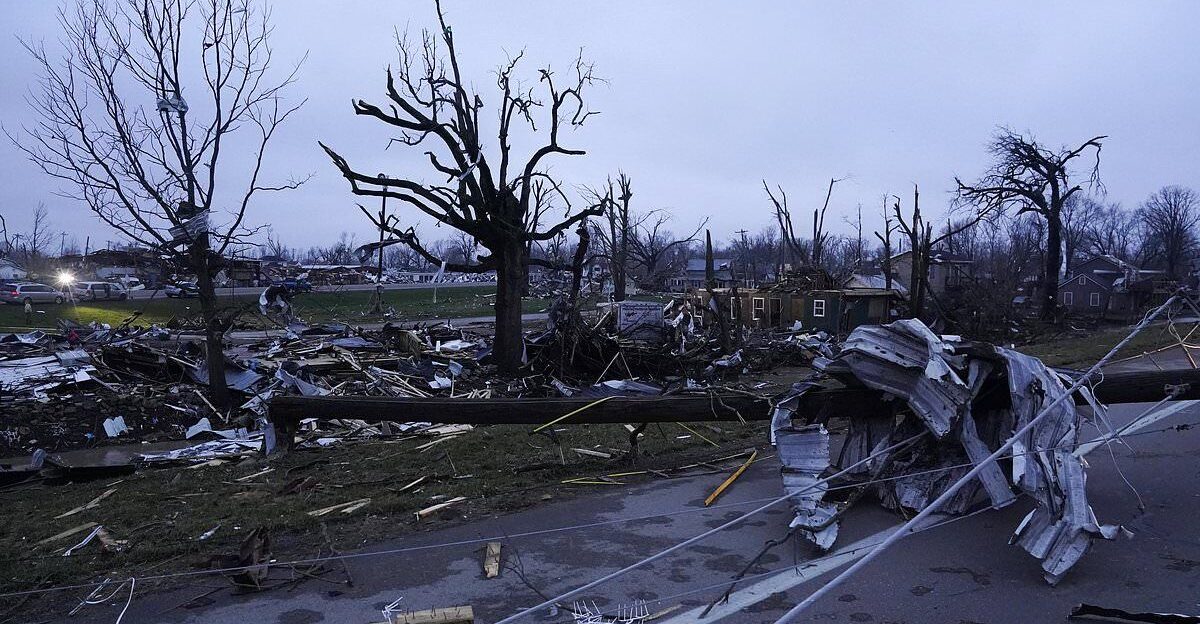
Tornadoes struck areas that rarely see such violent storms in 2025. Communities in Ohio, Tennessee, and Michigan all reported destructive twisters this year, stunning residents unaccustomed to seeing funnel clouds near their homes.
Small towns in southern Ohio endured EF2 tornadoes that tore apart schools and businesses. Meanwhile, Michigan experienced rare springtime tornadoes that flattened barns and damaged power grids. For many families, these storms represented their first direct encounter with a tornado. The eastward shift has suddenly placed millions more Americans inside the danger zone, altering risk perceptions.
Missouri and Illinois Become New Epicenters
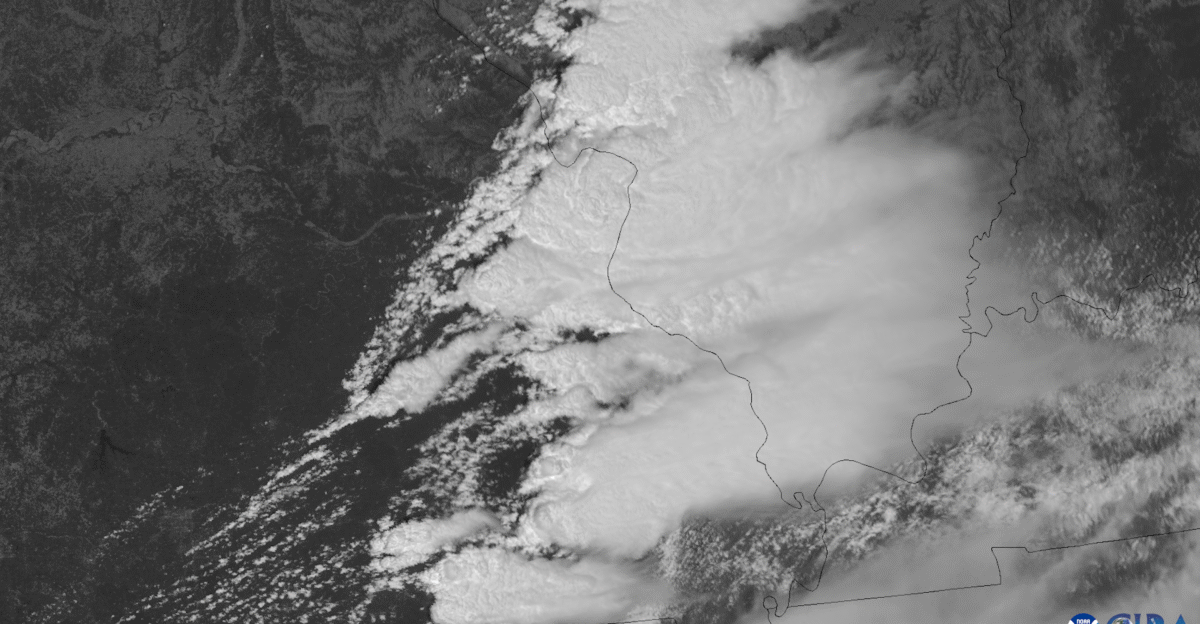
Few states illustrate the shift more clearly than Missouri and Illinois. By April 2025, each had recorded more than 50 tornadoes—double their typical yearly totals. St. Louis suffered multiple direct hits, including an EF3 that killed several residents and injured hundreds. Springfield and rural counties also sustained widespread damage.
In Illinois, tornadoes that once skirted around the state have become regular events. Both states now face the challenge of updating building codes, emergency plans, and public awareness campaigns to keep pace with their new reality as tornado hubs.
Kentucky Faces Historic Outbreaks
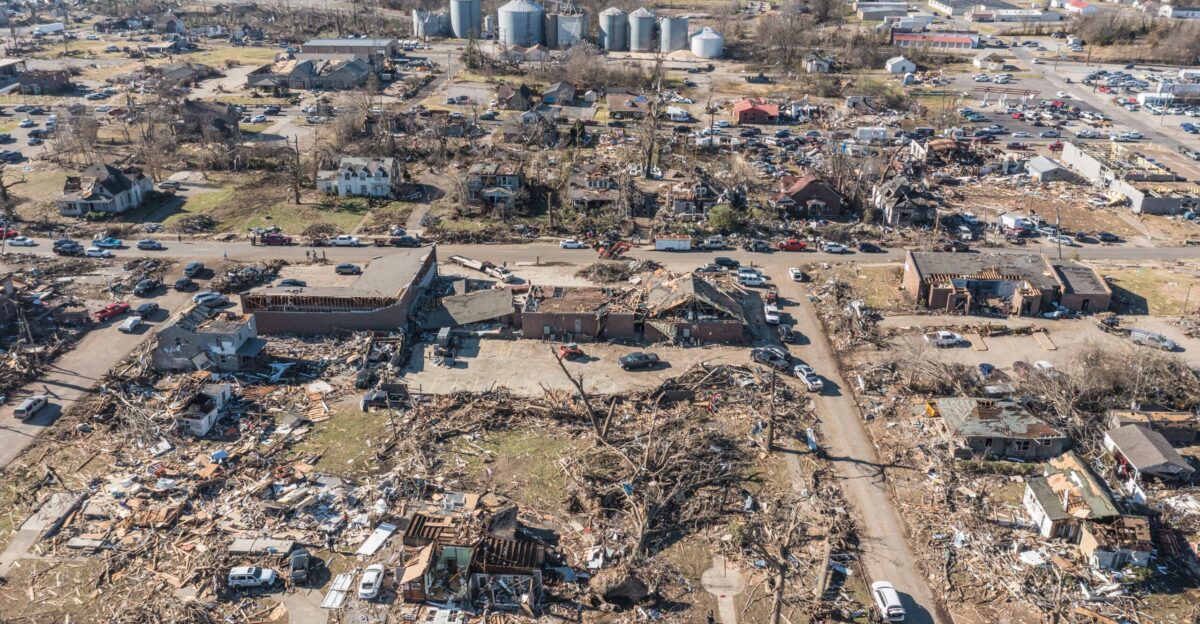
Kentucky has endured a punishing season, with multiple large outbreaks hitting in quick succession. In May, a string of EF3 tornadoes ripped through rural towns, destroying hundreds of homes and crippling infrastructure.
State climatologist Jerry Brotzge noted that Kentucky now sees more multi-tornado days than ever, confirming the state’s growing role in the new Tornado Alley. For families still rebuilding from earlier storms, this relentless cycle is overwhelming. Schools, churches, and community centers are scrambling to become emergency shelters, highlighting the state’s struggle to adapt to this escalating threat.
Infrastructure Struggles to Keep Up
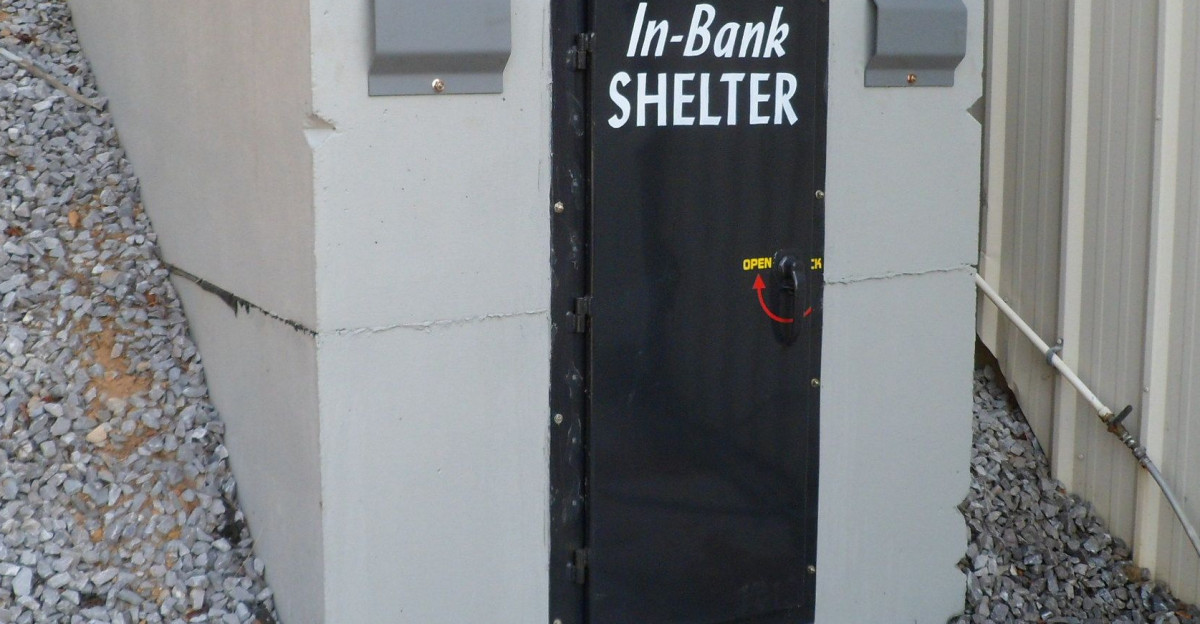
The eastward shift in tornado activity has revealed glaring weaknesses in infrastructure. While Oklahoma and Kansas built storm shelters into many schools and public buildings decades ago, states like Indiana and Kentucky lack such systems. Mobile homes and older buildings dominate rural landscapes, leaving residents at greater risk.
Even urban centers are ill-prepared. St. Louis officials acknowledged that existing emergency shelters could not accommodate demand during this year’s EF3 storm. Without stronger building codes and more investment in safe rooms, casualties and damage will likely continue to rise in the years ahead.
Tornadoes Break Seasonal Norms
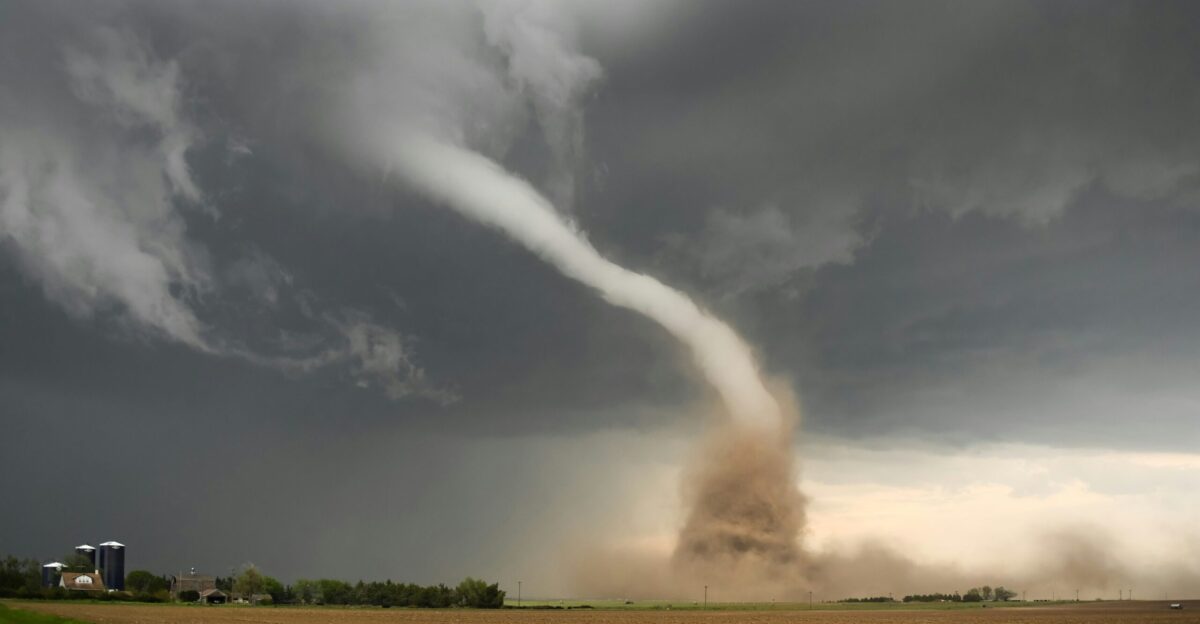
Tornadoes are no longer confined to the traditional spring peak. NOAA data shows that cold-season tornadoes—in December, January, and February—have become more common in the Southeast. Outbreaks once considered flukes are now regular events. In early 2025, tornadoes that tore through Alabama and Tennessee in February surprised many.
Scientists believe shifts in jet stream patterns and increased Gulf moisture contribute to these off-season outbreaks. For emergency managers, this means preparedness campaigns can no longer focus solely on April through June. The season, in many ways, never ends.
Warning Systems Face New Demands
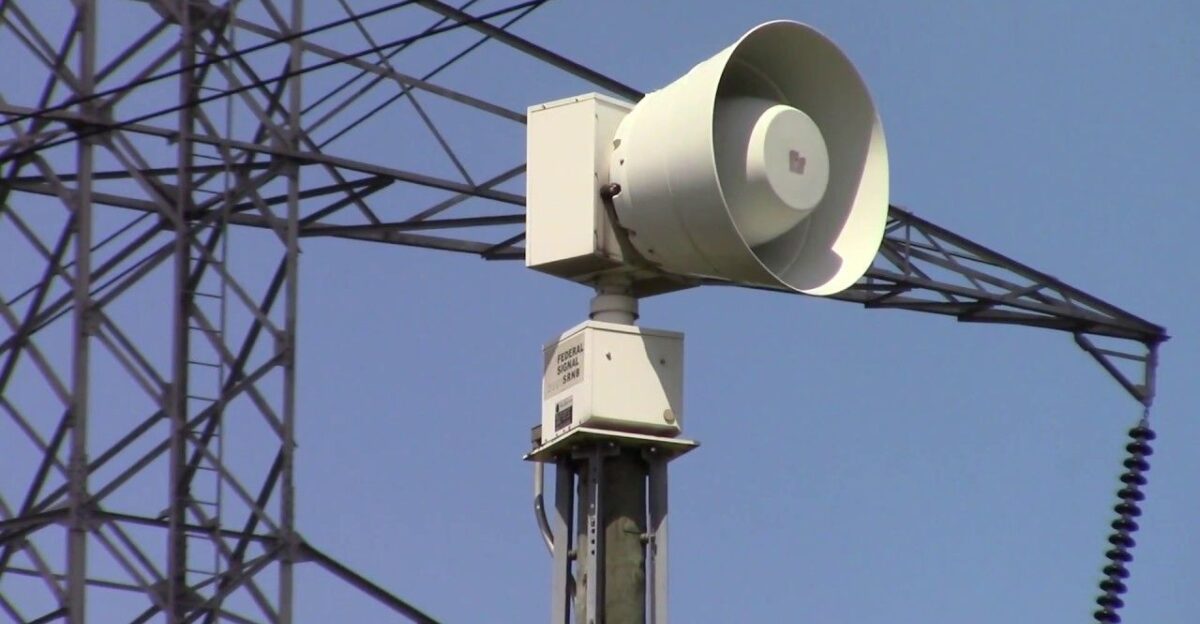
Emergency warning systems in the newly affected regions are straining to keep up. Once deemed unnecessary in places like southern Indiana, Siren networks are now being hastily expanded. Mobile alert systems have proven valuable, but can be inconsistent in rural areas due to poor service.
In Kentucky, officials scrambled to improve coordination after several warnings failed to reach communities before May’s deadly outbreak. The National Weather Service stresses that seconds matter when tornadoes form, and warning systems in these states must evolve quickly to meet the growing threat of faster-developing storms.
Science Shows Shifting Seasons and Regions

A 2024 report by the National Centers for Environmental Information confirmed that tornadoes are expanding geographically and occurring across a broader time frame. Historically concentrated in spring, twisters appear more frequently in late winter and even in summer. This trend means the so-called “off months” are no longer safe from severe outbreaks.
The combination of an eastward shift and an extended season places millions more people in harm’s way. For emergency planners, the message is clear: tornado preparedness must now be treated as a year-round priority.
Insurance and Real Estate Risks Mount

The insurance industry is feeling the impact of tornadoes in places where premiums rarely accounted for such storms. Companies are reporting higher claims in Kentucky, Missouri, and Tennessee. Homebuilders are also adapting. Buyers are asking about tornado-safe rooms and storm-resistant designs, especially in suburban areas newly hit by twisters.
Real estate markets in vulnerable towns face added uncertainty, with storm history now influencing valuations. Insurers caution that coverage costs may rise as actuarial tables adjust to reflect tornado risks that were barely considered in these regions just a decade ago.
Rural and Urban Areas Share the Impact
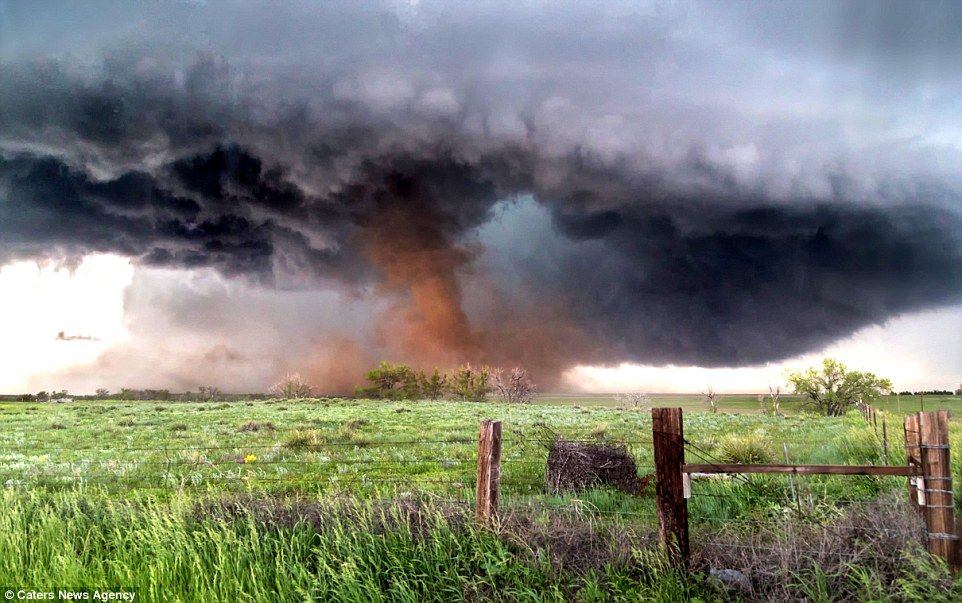
The 2025 tornado outbreaks have cut across both rural farmland and major cities. Farmers lost valuable crops in Arkansas when storms shredded fields and flattened barns. In St. Louis, thousands lost power, and transportation networks were crippled after twisters toppled transmission lines and blocked highways.
Rural areas often face longer recovery times due to limited resources, while cities face higher economic costs when infrastructure is disrupted. The shared suffering highlights that no urban or rural community is insulated from the growing footprint of tornadoes in the United States.
Adaptation Still Falling Behind
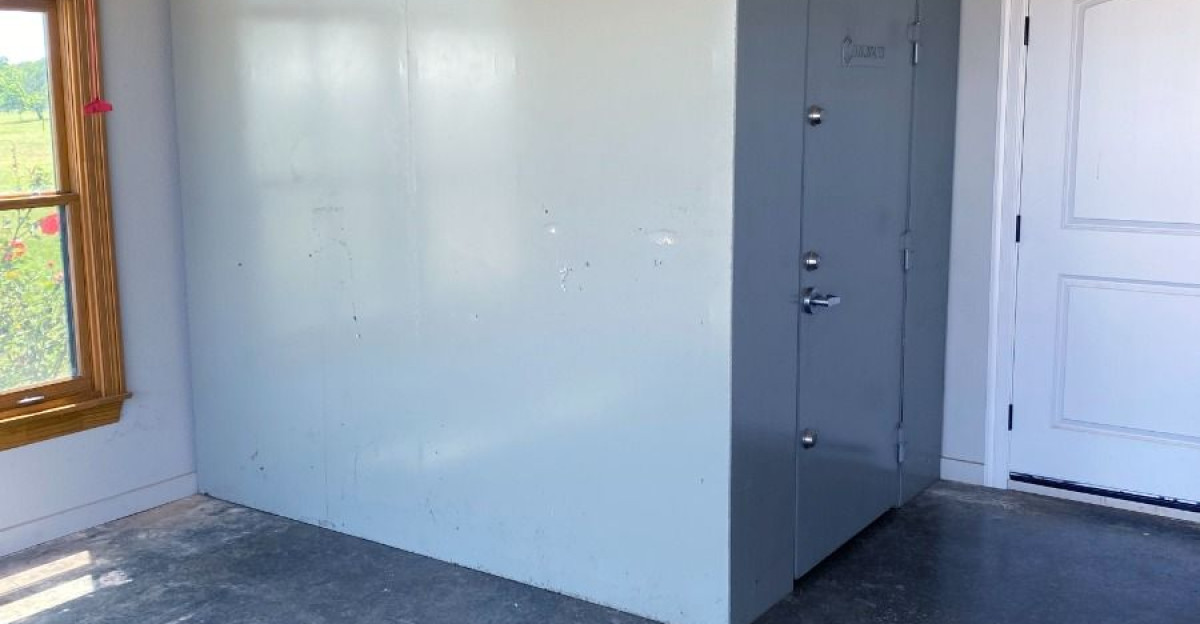
Despite clear evidence of shifting tornado patterns, many states have yet to strengthen building codes or fund widespread storm shelters. Harold Brooks, senior scientist at NOAA’s Severe Storms Laboratory, has emphasized that “preparedness lags far behind exposure.” Without faster adaptation, experts warn that casualties will rise as tornadoes strike communities ill-equipped for survival.
Some schools and businesses have begun adding safe rooms, but progress is uneven. Until awareness translates into policy changes, the gap between risk and readiness will remain one of the nation’s most urgent weather challenges.
The National Weather Service Responds
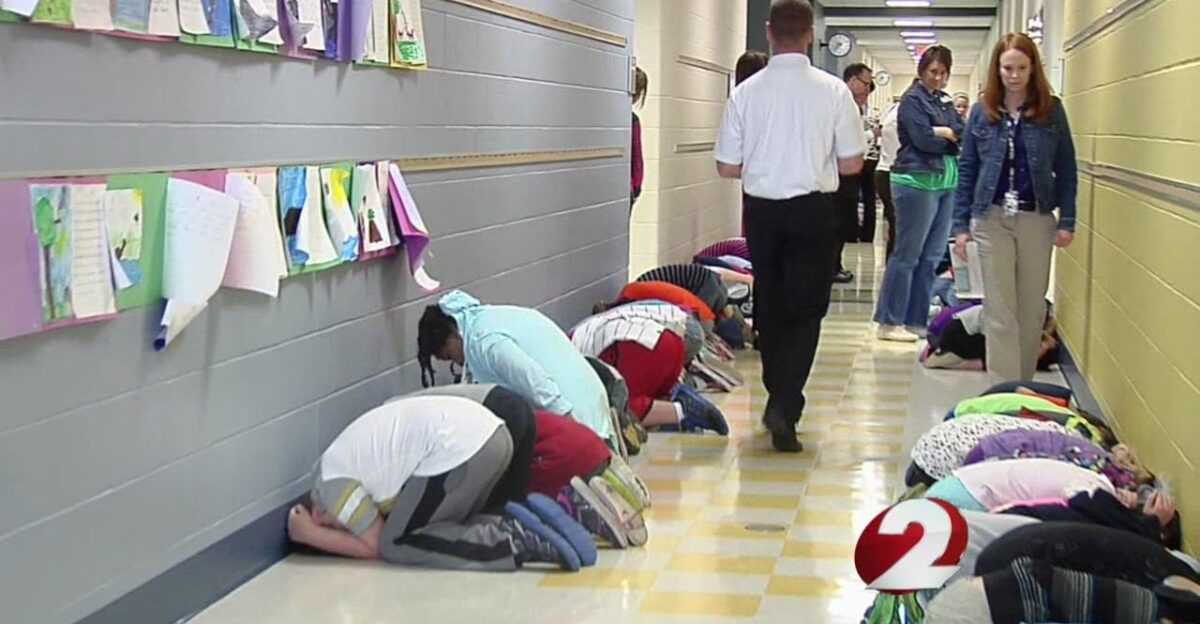
In response to these shifts, the National Weather Service has expanded educational campaigns and drills in the Midwest and Southeast. Outreach now focuses on first-time tornado regions, stressing the importance of sheltering plans and warning awareness. Public service announcements emphasize that even short-lived tornadoes can be deadly.
The Storm Prediction Center is also refining models to improve lead time for warnings in newly affected states. Officials stress that preparation is the best defense, urging families to take tornado risks seriously even if their community has never faced such threats.
The Road Ahead in 2025
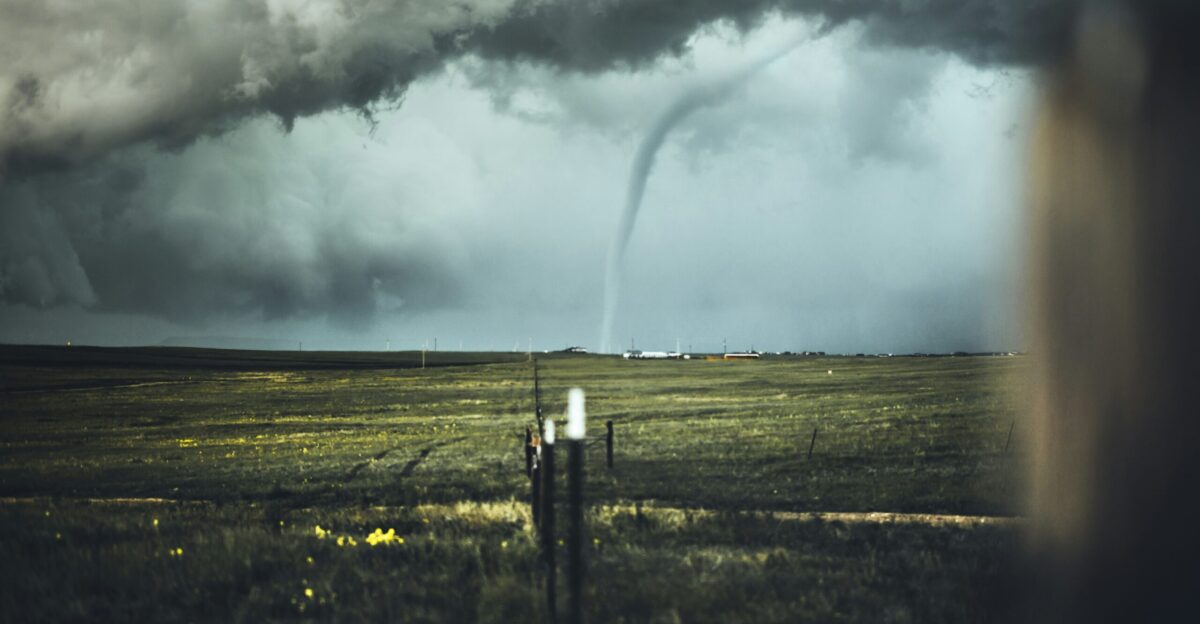
Meteorologists caution that the remainder of 2025 will likely see continued above-average tornado activity. Atmospheric setups remain favorable for severe weather, particularly in the Midwest and Southeast. Experts urge residents to focus on readiness rather than fear.
Having a shelter plan, paying attention to warnings, and supporting stronger building codes are key steps communities can take. The message for Missouri, Illinois, Kentucky, Indiana, and Arkansas is clear: tornadoes are no longer a distant threat. They are a defining part of daily risk, requiring constant vigilance.